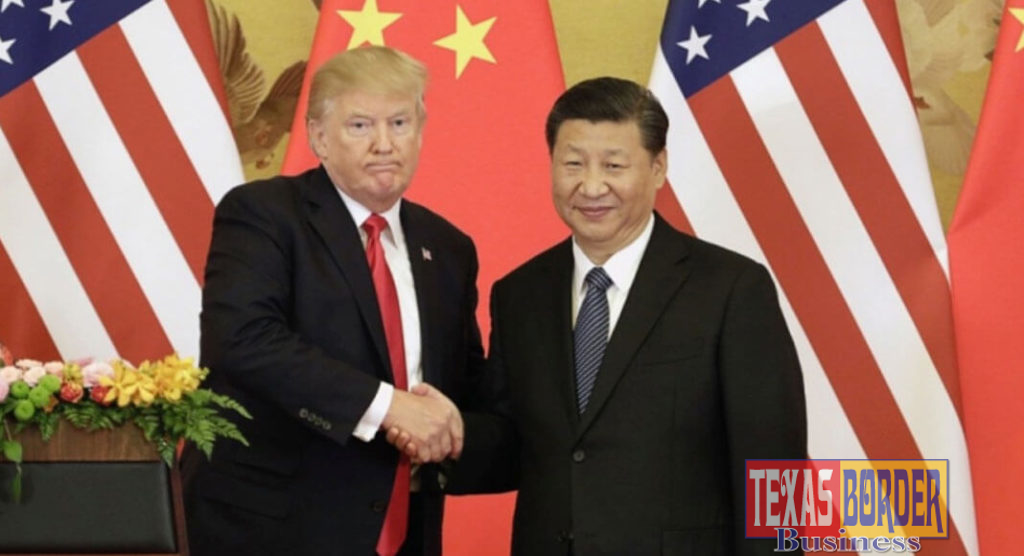
Texas Border Business
M. Ray Perryman, The Economist

Trade talks between the US and China have started up again, the first major movement towards reconciliation since the December decision to delay further tariff increases until March. As I am writing, representatives from both nations were reportedly narrowing some, but not all, of the differences. While negotiations are moving forward and hopefully something can be achieved before the artificial deadline, it is likely that talks will continue for some time. Meanwhile, the costs of the higher tariffs on the US economy are escalating.
In 2018, the US levied new tariffs against $250 billion in Chinese products. In retaliation, China has placed tariffs on $113 billion in American imports. The purported goal of the new tariffs against China is to bring additional pressure to resolve numerous trade disputes including intellectual property protection and unfair trade practices such as dumping. Treasury Secretary Steve Mnuchin has also stated that reducing the trade deficit with China is a priority.
Despite this rhetoric, the bottom line is that tariffs are taxes and essentially generate extra costs by making imported products more expensive. The Tax Foundation has estimated that the cumulative tariffs enacted by the current administration are equivalent to $42 billion in tax revenue, which will be paid by US companies importing the products. As these costs are passed on to consumers or result in lower profits for businesses, one study projected that the full tariff schedule that is set to be implemented in March would cost a typical US household $2,400, reduce Gross Domestic Product (GDP) by 1.78%, and lead to 2.75 million job losses in 2019.
Many of the products targeted by the tariffs are intermediate or capital goods used by businesses. Cheaper inputs mean that US businesses can remain competitive in the US as well as globally. Many US firms, especially small to medium sized businesses, are hurting due to the higher cost of inputs. And while some companies can find relief in redirecting supply lines, many producers either have to absorb the cost or raise prices.
Some analysts suggest that China’s slowing economy will bring a favorable outcome due to the added leverage. History would say otherwise. Despite the potential success of the current round of talks, we cannot ignore the substantial costs being incurred in the interim. The US is the essential lynchpin of the world economy, and trade benefits our nation. Rather than viewing the trade deficit as a simplified gauge of “winning,” we need to focus on the areas where the US has an advantage and be innovative to gain an edge in others. We have been doing this for a couple of centuries, resulting in the most competitive economy on the planet.
Dr. M. Ray Perryman is President and Chief Executive Officer of The Perryman Group (www.perrymangroup.com). He also serves as Institute Distinguished Professor of Economic Theory and Method at the International Institute for Advanced Studies.











